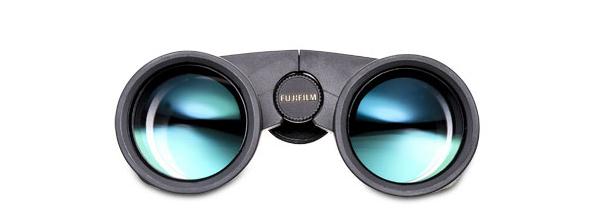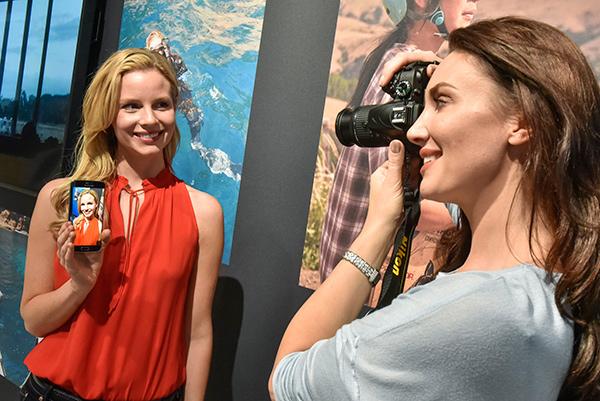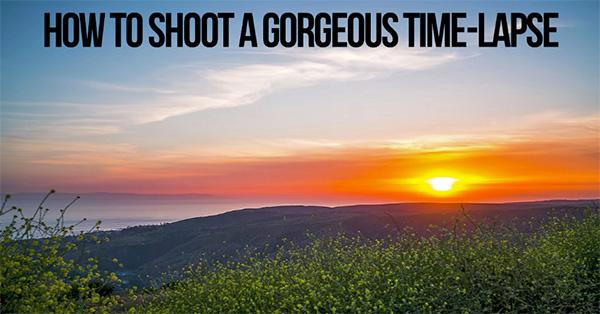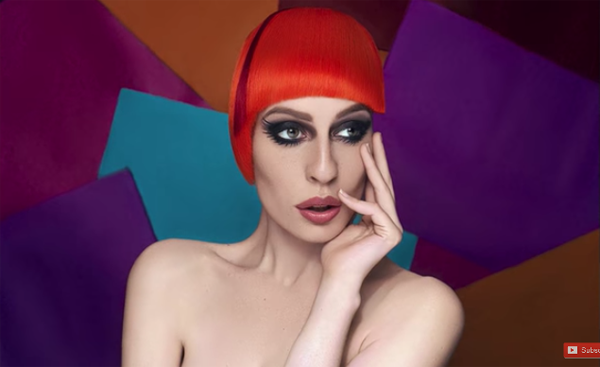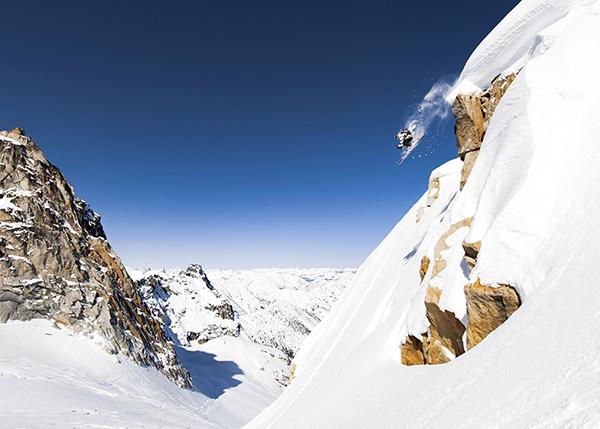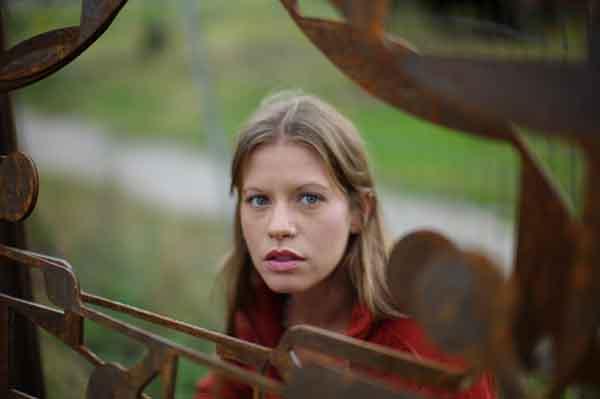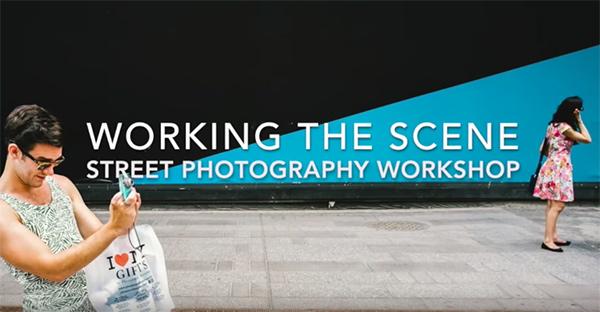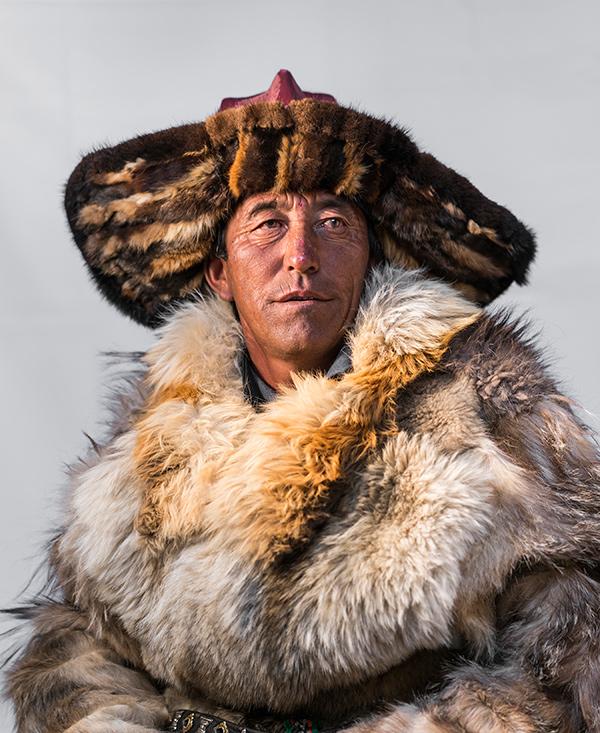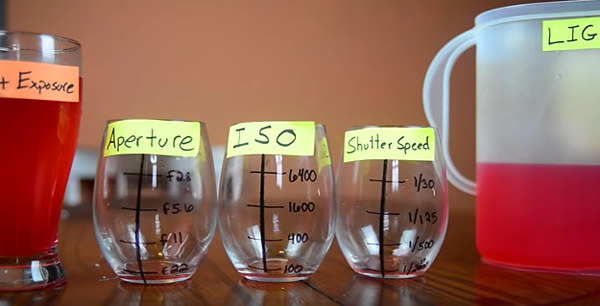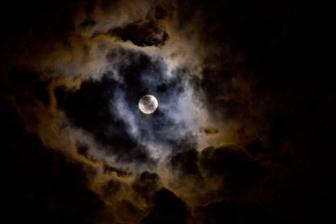|
May 11, 2017 |
|
May 11, 2017 |
|
May 10, 2017 |
|
May 08, 2017 |
|
May 04, 2017 |
|
May 04, 2017 |
|
May 04, 2017 |
|
May 02, 2017 |
|
Apr 27, 2017 |
|
Apr 27, 2017 |
|
Apr 26, 2017 |
|
Apr 20, 2017 |
|
Apr 18, 2017 |
|
Apr 17, 2017 |

